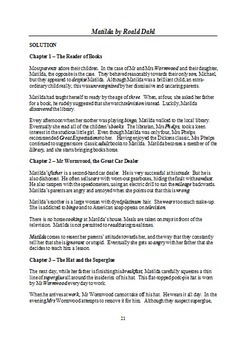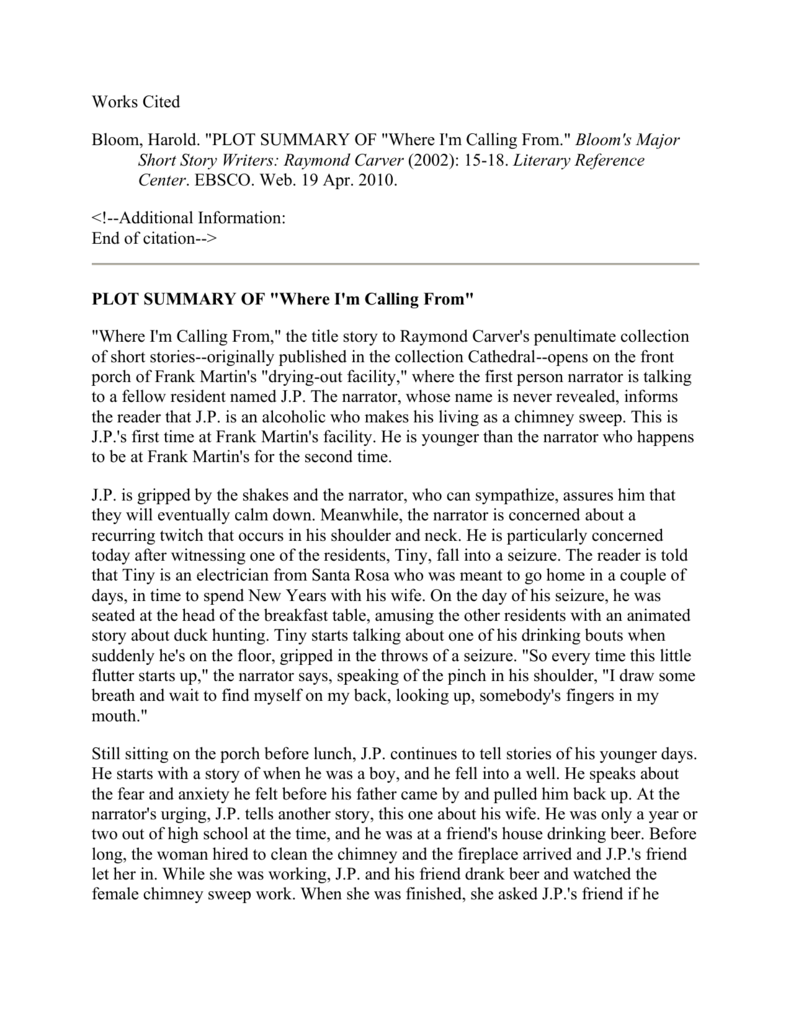M Plot Summary
M (1931 Film) Summary A group of children play in the courtyard of an apartment building, as one leads the group a macabre little ditty about a man who dices up children. The song is about a child killer currently on the lam, as we learn from poster on a signpost warning the public of his crimes. M Butterfly Summary. Thanks for exploring this SuperSummary Plot Summary of “M Butterfly” by David Henry Hwang. A modern alternative to SparkNotes and CliffsNotes, SuperSummary offers high-quality study guides that feature detailed chapter summaries and analysis of major themes, characters, quotes, and essay topics.


M (1931 Film) Summary A group of children play in the courtyard of an apartment building, as one leads the group a macabre little ditty about a man who dices up children. The song is about a child killer currently on the lam, as we learn from poster on a signpost warning the public of his crimes. 1/M Plot can be constructed to monitor a criticality approach. 1/M Plot is a very useful tool for operators. Instead of plotting M directly, its inverse (1/M or 1/CR) is plotted on a graph.



What was Lang up to? He was a famous director, his silent films like 'Metropolis” worldwide successes. He lived in a Berlin where the left-wing plays of Bertolt Brecht coexisted with the decadent milieu re-created in movies like 'Cabaret.” By 1931, the Nazi Party was on the march in Germany, although not yet in full control. His own wife would later become a party member. He made a film that has been credited with forming two genres: the serial killer movie and the police procedural. And he filled it with grotesques. Was there something beneath the surface, some visceral feeling about his society that this story allowed him to express?
When you watch 'M,” you see a hatred for the Germany of the early 1930s that is visible and palpable. Apart from a few perfunctory shots of everyday bourgeoisie life (such as the pathetic scene of the mother waiting for her little girl to return from school), the entire movie consists of men seen in shadows, in smokefilled dens, in disgusting dives, in conspiratorial conferences. And the faces of these men are cruel caricatures: Fleshy, twisted, beetle-browed, dark-jowled, out of proportion. One is reminded of the stark faces of the accusing judges in Dreyer's “Joan of Arc,” but they are more forbidding than ugly.
Plot Summary Of M Butterfly
What I sense is that Lang hated the people around him, hated Nazism, and hated Germany for permitting it. His next film, 'The Testament of Dr. Mabuse” (1933), had villains who were unmistakably Nazis. It was banned by the censors, but Joseph Goebbels, so the story goes, offered Lang control of the nation's film industry if he would come on board with the Nazis. He fled, he claimed, on a midnight train -- although Patrick McGilligan's new book,Fritz Lang: The Nature of the Beast, is dubious about many of Lang's grandiose claims.